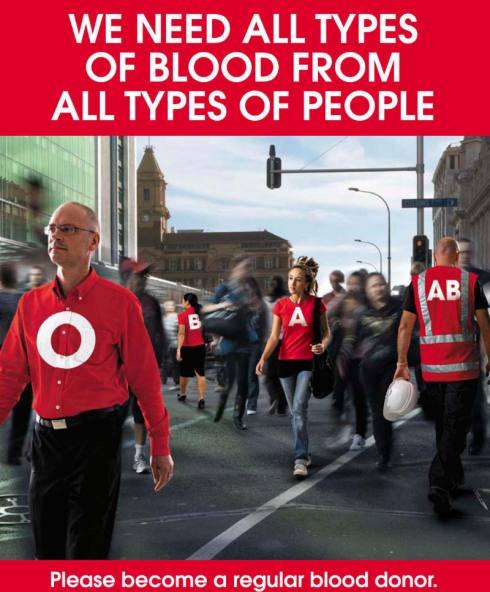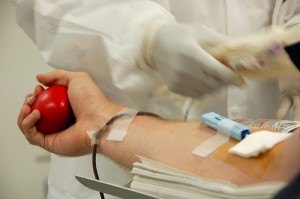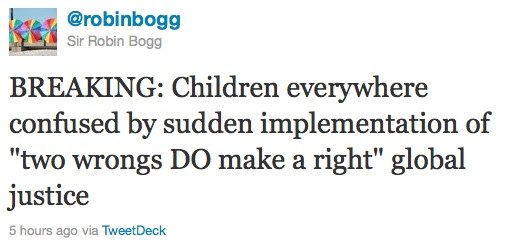You might want to skip this post (about abortion). Need help? In New Zealand, you can call Lifeline on 0800 543 354 or Youthline on 0800 37 66 33.

Click here to watch the documentary. You can make the video full-screen to avoid the advert.
The two sides of the abortion debate in America literally face one another in this documentary from filmmakers Heidi Ewing and Rachel Grady.
In Fort Pierce, Florida, a women’s heath care center is located at the corner of 12th and Delaware. On the same corner, across the street, is another women’s heath care center.
However, the two centers are not in the same business; one provides abortions along with a variety of other health services, while the other primarily offers counseling to women considering abortion, urging them to keep their babies.
In 12th and Delaware, Ewing and Grady offer a look inside both offices, as pro-life counselors give women a mixture of concern and disinformation about terminating their pregnancies and the pro-choice medical staff struggles to work under the frequent threat of violence against them.
The film also examines the handful of protesters who stand outside the abortion clinic, confronting both patients and staff as they enter and exit. (via)
In Florida there are two street corners, both 12th & Delaware. An abortion clinic, run by a husband and wife, and an anti-abortion crisis pregnancy care center, run by Father Tom sit across the street from each other.
“We still get women coming in who think they’re going there [to the abortion clinic].”
Women aren’t sure which one they’re calling or visiting. The pregnancy care center does nothing to clarify that they don’t actually offer abortions. What they do offer is “counseling” to actively try to persuade women from choosing abortion, graphic photographs, free ultrasounds (with ‘HI DADDY!’ typed in the corner of the print out), models of fetuses, DVDs of anti-abortion propaganda playing in the waiting room, flip books of the abortion process, graphic DVDs of the procedure, and brochures stating that abortion causes breast cancer.
The abortion clinic claims the pregnancy care center gives incorrect information to women–among spreading myths about abortion and medical disinformation, they say the center tells women they are earlier in their pregnancy than they actually are, so if they think they have a few weeks to make a decision and then decide to have an abortion they either won’t be able to get an one or will have to travel to another state to get one.
Choice quotes from one of the crisis pregnancy center counselors
“She’s abortion-minded.”
“She had an abortion in December. She might do it again.”
[to ultrasound technician (likely the only person in the building with any sort of medical training)] “Maybe we can get a heartbeat.”
”Yus, yus, yus, two [“saved”] in one day.”
The efforts the pregnancy counselors go to push their agenda have no bounds
A woman comes in. She already has two kids. She says she wants what is best for herself and the children she already has. Her position is entirely understandable.
The counselor goes to her office and sends an email out to a prayer mailing list: “Please pray for Victoria, she is in our counseling room at this very moment, and her only option is abortion…”
She buys McDonald’s for the woman, thinking that if the woman leaves before having an ultrasound that she might “lose her”. They eat together.
She tells the woman that her verbally abusive partner might change if she has this baby.
“I’m gonna step outside and make a phone call.”
“[on phone] Man this bitch is getting on my fucking nerve.”
The crew follow-up with a 15-year-old who was convinced she should continue with her pregnancy by the care center. She tells the crew that she tried to end the pregnancy herself. She hopes that everything will turn out alright.
The protestors and the doctors
The same counselor from above makes her way across the street to talk to the protesters. They’re friends. She shares news from an anti-abortion website.
She comes out a second time after the police are called and defends the protesters’ use of graphic signs.
The doctors who perform abortions are picked up by the clinic owner, and, with a sheet covering their heads, are taken into the clinic’s closed garage to protect their identities.
“I’ve discovered, thanks through God that I know where the owner of the abortion clinic meets the abortionists.”
One of the protesters from outside the abortion clinic leads the documentary crew to a Wal-Mart parking lot. He’s found where the doctors and clinic owner meet and swap cars. He, as well as others try to find out names and addresses of the abortion doctors. They want to out the doctors, using methods like displaying their photo on billboards; and visiting their homes, churches, and workplaces, to deter them from performing abortions.
The abortion clinic
“I just wanna make sure that this is definitely what you need to do, not want to do, nobody ever wants to do this… It’s your decision only.”
In strong contrast with the pregnancy care center, the abortion clinic is truly about choice.
“Yeah… they got a replacement and that doctor was killed too.”
The main fear is that they will lose their doctors. Their abortionists are in their 50s and 60s. “Where is the next doctor coming from” if a doctor retires or is outed?
—
Watch an interview with the co-directors of the documentary, Heidi Ewing and Rachel Grady.
Here’s a new Tumblr sharing New Zealand women’s stories of abortion.
Click here to watch the documentary. You can make the video full-screen to avoid the advert.



 Some people in New York want people in the healthcare industry
Some people in New York want people in the healthcare industry  The death penalty is nothing new but it caught my eye because of Osama Bin Laden
The death penalty is nothing new but it caught my eye because of Osama Bin Laden 